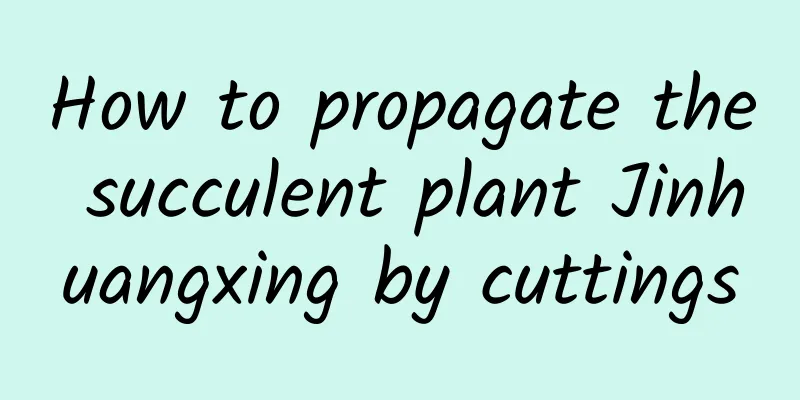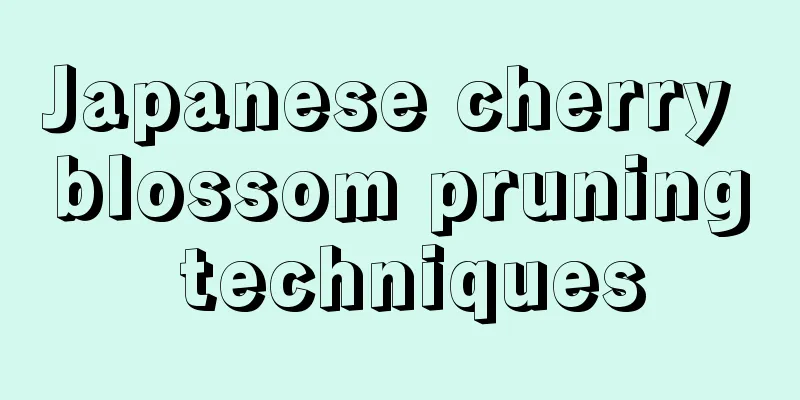Planting and Management of Pomegranate Trees

|
Pomegranate has rich nutritional value and diverse uses. This fruit tree has a wide adaptability and is grown in both the north and south of China. From Lintong in the north to Mengzi in the south, both are famous pomegranate growing areas in China. The pomegranate harvesting season coincides with the Mid-Autumn Festival and National Day, which is approximately between September and October every year. Let’s learn about the planting and management of pomegranate trees . 1. High-standard garden construction Dig a trench or hole 1 meter deep and 1 meter wide, separate the topsoil from the subsoil, and apply 10,000 kg of weeds or manure and 500 kg each of phosphorus and potassium fertilizers in layers when backfilling. Pomegranate has a well-developed root system and can be planted 2-3 cm deeper than usual to enhance its drought resistance. Building terraces that are high on the outside and low on the inside is beneficial for water storage and soil improvement. 2. Planting density In plain areas, the recommended plant spacing is 3 meters × 4 meters, with 56 plants planted per mu, and there is a habit of planting 2 plants in each hole. In hilly areas, the recommended plant spacing is 2 meters × 3 meters, with 111 plants planted per acre. The focus of young tree management in the first two years is on tree growth and crown expansion, and they are generally not allowed to bear fruit. 3. Plastic and pruning Plastic surgery: The first year: Allow the tree to grow naturally, select 1-3 strong branches in suitable directions as the main trunk, and remove the branches at the base. The second year: In spring, select 4-5 vigorous branches and shorten them by 1/3 to cultivate the main and side branches. In summer, pinch or shorten the long and vigorous branches. Year 3: In spring, use methods such as supporting and pulling to open the angle of the main branches, promote the growth of effective short branches, and form a semicircular or circular crown. prune: The binding buds are mainly located at the top of strong short branches, and pruning is mainly for thinning, shortening the overgrown branches and developmental branches. Mature fruit-bearing trees: Pruning is mainly done in winter to remove root suckers, overgrown branches, and overcrowded branches. Summer pruning: Based on winter pruning, remove overgrown branches, shorten weak branches, and cultivate fruiting branches by removing buds and pinching. Soil management and fertilization and irrigation in the pomegranate orchard are important measures to ensure the healthy growth of pomegranate trees and increase yield. The following is a rewrite of the soil management, fertilization and irrigation of the pomegranate orchard: 4. Soil management Every year after fruit harvest or in autumn and winter, the garden should be deep plowed 20-40 cm to improve the soil structure. In the early stages of the garden, you can plant wheat, beans, vegetables or Chinese herbs to increase soil organic matter and reduce weeds. Regular tillage and weeding in summer can keep the soil loose and prevent weeds from competing for nutrients. Root mulching can help retain moisture and cool the soil, reduce soil erosion, and increase organic matter. 5. Fertilization and irrigation Fertilization plan: Fertilize three times a year. Before flowering, fertilizers are mainly nitrogen and phosphorus fertilizers, applied in furrows or holes, with 0.5 kg of urea and diammonium phosphate applied per plant. Fertilization is generally carried out in July during the fruit expansion period, with 0.5 kg of ammonium phosphate applied per plant to promote fruit growth. After the autumn shoots stop growing, use radial furrow fertilization, applying 25-30 kg of organic fertilizer per plant. According to the fertilization situation and the drought situation in the orchard , water should be irrigated in time to ensure appropriate soil moisture and promote the root system to absorb nutrients. 6. Flowering period management Spray fertilizer during flowering period: From the beginning of flowering period to the peak flowering period, spray fruit tree yield factor regularly to promote the development of flowers and fruits. Studies have shown that spraying fertilizer can significantly increase the fruit set rate by 21.8% and increase yield by 18.7%. Release bees and artificial pollination: Through natural pollination, the fruit setting rate of tubular flowers can be significantly increased to 30%. Through artificial assisted pollination, the fruit set rate can be further increased to 45.8%, a significant increase compared to the 21.5% of natural pollination. Ring cutting or girdling: For vigorous trees with fewer flowers or the base of large auxiliary branches, perform 2 to 3 ring cuts in the early stage of flowering, and keep the ring spacing above 4 cm to increase the fruit set rate by 13.4% and promote flower bud differentiation. For vigorous trees with a trunk diameter of more than 5 cm, ring barking can be performed. Choose a smooth part of the trunk and make two horizontal cuts to the wood, with a ring distance of 0.3 to 0.5 cm to facilitate healing. Flower and fruit thinning: Flower thinning is carried out in two stages. The first stage is after budding, to remove underdeveloped "bell-shaped flowers"; the second stage is about two weeks later, to continue thinning incomplete flowers to ensure that nutrients are concentrated on healthy flowers. 7. Pest control (1) Control of pomegranate stem moth Regular inspection: Check the branches regularly starting from early July, and promptly cut off damaged new shoots to eliminate larvae. Spring Management: After bud break, completely prune away dead branches without leaves and burn them to kill overwintering larvae. Drug injection: Inject DDT or Dicalcium mixture into 2-3 year old infected branches to block the insect mouths and kill the larvae. Spraying during the hatching period: Spray omethoate, methyl parathion or monocrotophos during the peak hatching period to control newly hatched larvae and improve the efficacy of the medicine. (2) Prevention and control of peach borer Winter garden cleaning: remove overwintering larvae from hosts. Early spring management: scrape off the rough and cracked bark before budding, pick off or collect the insect-infested fallen fruits, and destroy them in a centralized location. Trapping and killing adult insects: Use sweet and sour liquid or sex pheromones to trap and kill male adults. Spraying during the larval hatching period: Spray with fenitrothion, omethoate or dichlorvos emulsifiable concentrate in the early stage of hatching of the first generation of larvae. 8. Fruit harvesting When harvesting, pick and place the fruits gently to avoid tearing, bumping, dropping, pricking or scratching the peel. The harvested fruits are preliminarily selected in a cool place in the garden to remove diseased, insect-infested, bruised and cracked fruits. Qualified fruits are graded and packaged to ensure fruit quality. The above is an introduction to the key points of planting and management of pomegranate trees. Friends who want to plant pomegranate trees can first start with whether the local environment is suitable for planting pomegranate trees, and then select the site and variety.
|
<<: How to remedy yellowing of bamboo leaves
>>: Taboos of growing peony spider plants at home
Recommend
Cultivation methods and precautions of Areca palm
The Areca palm is a popular large indoor plant kn...
What to do after lily potted plants bloom
1. Cut off the remaining flowers After the flower...
How to eat figs and what are the benefits of eating figs
1. How to eat 1. Eat raw: The most common way to ...
These fragrant flowers are the best to put at home
Gardenia When gardenia blooms, the fragrance is e...
Cherry growth conditions and characteristics
Cherry growing conditions Cherries are suitable f...
The correct way to grow peppers on the balcony
Pepper is a common seasoning vegetable. For frien...
How to make the hanging bamboo plum grow out of the pot by cuttings? How many days after cuttings should I water it?
1. How to make the hanging bamboo plum grow out o...
Cultivation methods and precautions for potted small roses
1. Breeding methods 1. Temperature: It is a warm-...
What are the cultivation methods and precautions of lipstick flowers
Lipstick Flower Introduction Lipstick flower belo...
How many plants should be planted in one pot of Brazilian wood?
How many Brazilian trees are planted in one pot? ...
It is better to water the spider plant every few days
How often should I water my spider plant? Chlorop...
How to grow honeysuckle?
Honeysuckle is widely popular for its strong adap...
How to care for the roots of succulent plants
1. How to slow down the roots of rootless succule...
Can the bird of paradise bask in the sun? Can it be placed on the balcony to bask in the sun?
Can Bird of Paradise bask in the sun? Bird of Par...
The efficacy and function of daylily
The efficacy and function of daylily Clears heat ...









